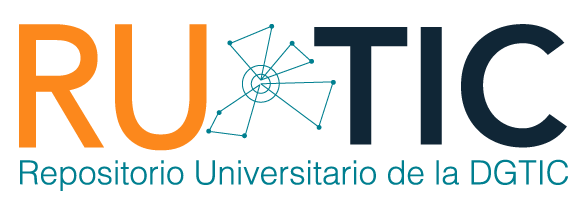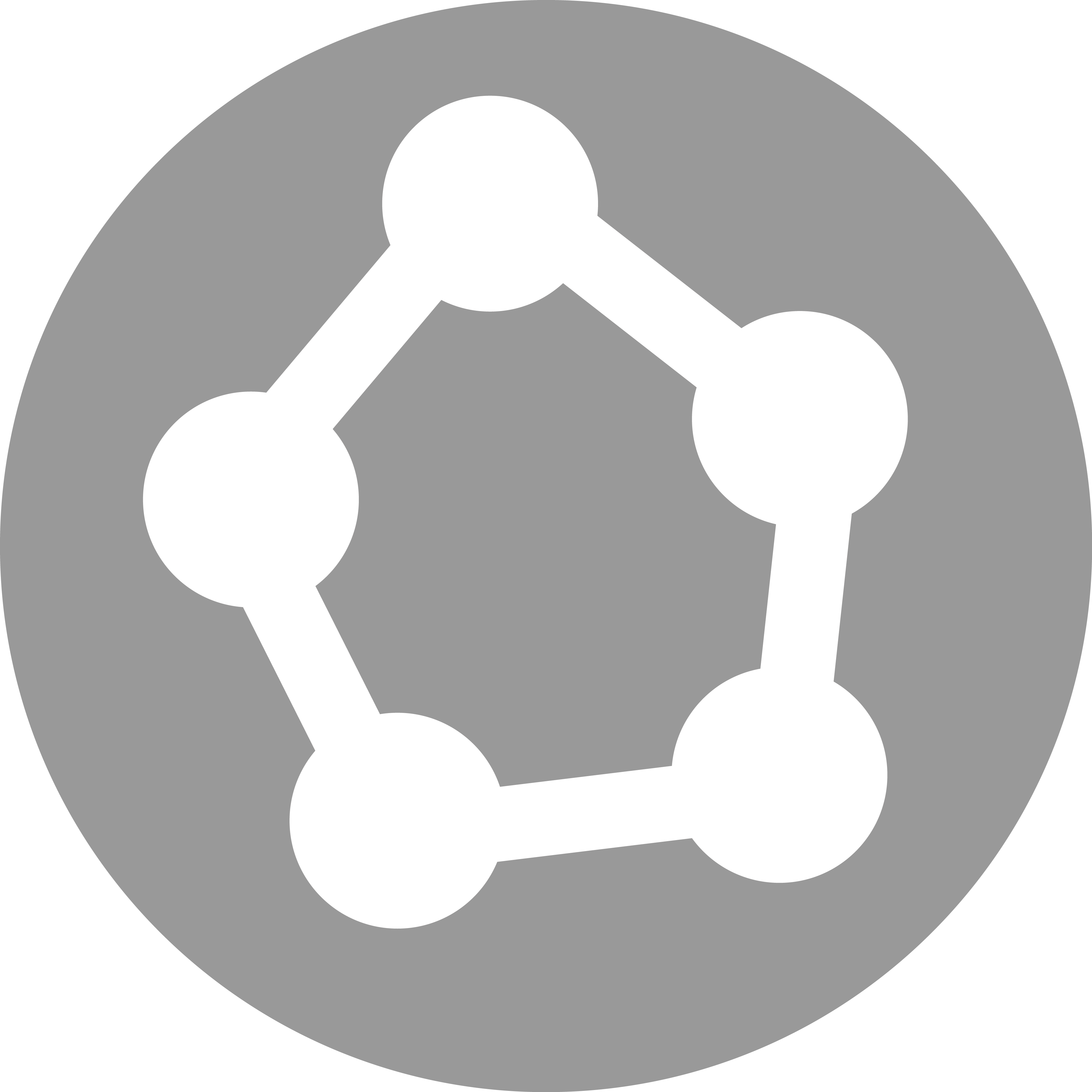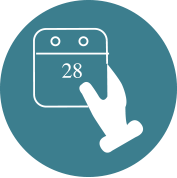| dc.contributor.editor | Adrián Estrada Corona | |
| dc.coverage.spatial | MX | |
| dc.date.accessioned | 2018-06-28T05:14:16Z | |
| dc.date.available | 2018-06-28T05:14:16Z | |
| dc.date.issued | 2011-02-01 | |
| dc.identifier.uri | https://ru.tic.unam.mx/handle/123456789/1854 | |
| dc.description | Tema del mes | |
| dc.description.abstract | En varias regiones del país la sobreexplotación de los acuíferos se presenta como una problemática común, debido principalmente a la demanda desmedida de agua en dos importantes sectores: uso público-urbano y la agricultura. En el Estado de México se consume el 46% de agua en la agricultura y 47% en el uso público urbano. La demanda se cubre, en gran medida, con la extracción de agua del subsuelo, en un 32 y un 78%, respectivamente. Usualmente, para el abastecimiento de agua potable en las principales áreas metropolitanas del país, como Ciudad de México, Guadalajara, Puebla, Monterrey y Toluca, entre otras, se recurre a la sobreexplotación de los mantos acuíferos y a la importación de grandes caudales de cuencas vecinas. A la sobreexplotación de los acuíferos en los valles de México y Toluca, hay que agregar la expansión de la mancha urbana y de la frontera agrícola, la tala inmoderada de los bosques y la invasión de las zonas naturales de recarga, que han disminuido la capacidad de infiltración natural e incrementado el déficit en el balance hídrico. Con el fin de revertir este problema, se ha diseñado una estrategia en dos vertientes principales: a) Inducir la recarga natural de los acuíferos con la intensificación o recuperación de la capacidad de infiltración del agua de lluvia y b) Recargar artificialmente los acuíferos mediante el tratamiento avanzado de las aguas residuales. Con este objetivo el Gobierno del Estado de México ha incursionado, mediante un proyecto de vanguardia, desarrollado en el marco normativo vigente, en la instalación de una planta piloto de tratamiento avanzado con capacidad de 630 mil metros cúbicos por año, para la recarga artificial del acuífero. Ésta servirá para la investigación y la definición de las bases técnicas que permitan la determinación de un proyecto de recarga masiva de los acuíferos localizados en el territorio del Estado de México | es_MX |
| dc.description.abstract | In several regions of the country the overexploitation of the groundwater appears like a common problematic, due to mainly to the excessive demand of water in two important use sectors: urban-public and agriculture. In State of Mexico consumed 46% of water in agriculture and 47% in the urban public use. The demand is satisfied, to a great extent, with the groundwater extraction, in 32 and a 78%, respectively. Usually for the drinking water supply in the major metropolitan areas of our country, like City of Mexico, Guadalajara, Puebla, Monterrey and Toluca, among others, have been overexploited the aquifers and importing great volumes of neighboring river basins. To overexploitation of the aquifers in the valleys of Mexico and Toluca, add the expansion of urban area and the agricultural border, the immoderate cutting of the forests and the invasion of the natural zones of charge, have been diminished natural infiltration and increased the deficit in the water balance. With the purpose to revert this problem has been designed a strategy in two main ways : a) to induce the natural charge of water-bearing with the intensification or the recovery of the capacity of infiltration of the rainwater and b) the artificial charge of ground water through treatment advanced of waste water. With this objective, the Government of the State of Mexico, has started a project of vanguard, developing in the legal framework, a pilot plant of treatment advanced with capacity of 630 thousand cubic meters per year for the artificial recharge of the aquifer, that will be used for the investigation and definition of technical bases for a project of massive recharge of the aquifers in the territory of the State of Mexico | en |
| dc.format | html | |
| dc.format | application/pdf | |
| dc.format.extent | 360.8 KB | |
| dc.format.extent | 605 KB | |
| dc.language | spa | |
| dc.publisher | Universidad Nacional Autónoma de México. Dirección General de Cómputo y de Tecnologías de Información y Comunicación. Revista Digital Universitaria | |
| dc.relation.isformatof | http://www.revista.unam.mx/vol.12/num2/art13/art13.pdf | |
| dc.relation.ispartof | http://www.revista.unam.mx/index_feb11.htm | |
| dc.rights | openAccess | |
| dc.source | Revista Digital Universitaria (1607 - 6079). Vol. 12, No. 2 (2011) | |
| dc.subject | Rescate y almacenamiento acuifero | |
| dc.title | Proyecto de planta piloto de tratamiento avanzado para la recarga artificial del acuífero | es_MX |
| dc.title.alternative | Project of pilot plant of treatment advanced for the artificial recharge of the aquifer | en |
| dc.type | article | en |
| dc.contributor.director | JULIA TAGUEÑA PARGA | |
| dc.subject.keywords | Sobreexplotación , Planta de tratamiento avanzado, Infiltración artificial, Uso agrícola , Uso público urbano, Acuífero, Agua subterránea, Overexploited, Advanced treatment plant, Artificial infiltration, Agriculture use, Urban-public use, Aquifer, Aquifer recharge, Pilot plant, Groundwater | |
| dc.identifier.url | http://www.revista.unam.mx/vol.12/num2/art13/index.html | |
| dc.creator | Daniel Korenfeld | |
| dc.creator | Oscar Jorge Hernández López | |
| dc.rights.url | http://creativecommons.org/licenses/by-nc-sa/4.0 |
Files in this item
This item appears in the following Collection(s)
COMPARTE
BÚSQUEDA
Escriba el texto a buscar en DSpace
CONTACTO
El Repositorio Universitario de la DGTIC se edita en la Dirección General de Cómputo y
de Tecnologías de Información y Comunicación (DGTIC), de la Universidad Nacional Autónoma de México (UNAM)
Circuito Exterior s/n, Ciudad Universitaria, Coyoacán, C.P. 04510, México, D.F
Tel: +(52) (55) 56228166 Email: rutic@unam.mx









 ¿Qué es un repositorio...?
¿Qué es un repositorio...? ¿Qué beneficios obtengo...?
¿Qué beneficios obtengo...? ¿Qué tipo de recursos...?
¿Qué tipo de recursos...? Preguntas frecuentes
Preguntas frecuentes